The Importance of Dive Watches in Underwater Exploration
During the mid-20th century, the technology needed to support deep-sea diving was rapidly evolving. Among the essential tools for divers was a reliable timekeeping device that could withstand the pressures of the ocean and track the time spent underwater. Before the advent of modern dive computers, dive watches were the primary means of ensuring divers did not exceed their safe dive times—critical for avoiding decompression sickness.A dive watch needed to be water-resistant, legible in low-light conditions, durable, and equipped with a rotating bezel to track elapsed time. The bezel helped divers monitor how long they had been submerged, crucial for managing oxygen consumption. Jacques Cousteau’s work in the oceans, particularly during his legendary expeditions, brought attention to the need for such high-performance timepieces.
Cousteau’s Role in Popularizing the Dive Watch
Cousteau was not only a pioneering diver and inventor but also a prominent figure in the popularization of underwater exploration through his films, books, and television series. His expeditions aboard his research vessel, the Calypso, brought the underwater world into the homes of millions, sparking widespread interest in the oceans and in diving itself. This widespread exposure also helped elevate the profile of the gear he and his team used—including dive watches.The Rolex Submariner and Cousteau’s Influence
One of the most iconic dive watches associated with Jacques Cousteau’s influence is the Rolex Submariner, which became an enduring symbol of ruggedness and reliability underwater. Launched in 1953, the Submariner was one of the first dive watches capable of functioning at depths of up to 100 meters (later versions increased this to 200 meters and beyond). Its innovative rotating bezel allowed divers to track their elapsed time underwater—a critical feature for ensuring safe dives.Although there is no direct evidence that Cousteau officially endorsed the Rolex Submariner, he is often pictured wearing it or similar dive watches during his expeditions, and his work helped bring the Rolex brand to the forefront of underwater exploration. Rolex’s reputation as the premier maker of dive watches grew in part because of the association with Cousteau and other leading divers of the era. His use of dive watches like the Submariner helped cement their status as essential tools for serious divers and adventurers.
DOXA Sub 300T: Cousteau’s Endorsement and Collaboration
Perhaps Cousteau’s most significant influence on the development of dive watches came through his partnership with DOXA, a Swiss watch brand that was a lesser-known player in the world of dive watches until it caught the attention of Cousteau and his team.In the mid-1960s, Cousteau was looking for a reliable and affordable dive watch that could be used by his crew on the Calypso during their various underwater expeditions. DOXA, which had been researching dive watch technology, developed the DOXA Sub 300T, a timepiece specifically designed for professional and recreational divers.
The DOXA Sub 300T stood out for several reasons:
- Orange Dial: The watch featured a bright orange dial, a design choice driven by the need for better legibility underwater, where colors fade at depth. The orange dial made it easier for divers to read the time in low-visibility conditions.
- No-Decompression Bezel: The watch also featured an innovative “no-decompression” bezel, which allowed divers to track how long they could stay at a certain depth without needing to stop for decompression on their ascent. This made it a practical tool for managing dive safety.
- Water Resistance: The DOXA Sub 300T was water-resistant to 300 meters, making it suitable for deep-sea diving.
Cousteau and his team at The Undersea World of Jacques Cousteau, his popular television series, began using the DOXA Sub 300T during their expeditions. Not only did Cousteau adopt the watch for practical use, but his company, U.S. Divers Co., also became the official distributor of DOXA watches in the United States. This direct endorsement by Cousteau significantly boosted DOXA’s reputation and sales, making the Sub 300T a cult favorite among divers.
Cousteau’s Influence on Dive Watch Standards
The popularity of dive watches soared during the 1950s and 1960s, thanks in large part to the growing interest in SCUBA diving and ocean exploration. Cousteau’s work was pivotal in driving this interest, as his books, films, and television programs introduced millions of people to the world beneath the waves. Dive watches became not just functional tools but also symbols of adventure, exploration, and ruggedness.Cousteau’s use of dive watches helped drive innovations and set standards for what a true dive watch should be. Companies like Rolex, Omega, and DOXA continued to improve their watches based on feedback from professional divers like Cousteau. Features such as greater water resistance, more legible dials, robust case designs, and improved bezels became standard expectations for any serious dive watch.
The Legacy of Cousteau and the Dive Watch
Jacques Cousteau’s influence on the dive watch industry is still felt today. While modern divers now rely on advanced dive computers for tracking depth, time, and decompression limits, the dive watch remains a symbol of exploration and adventure. Brands like Rolex, DOXA, and Omega continue to produce high-performance dive watches that carry the spirit of Cousteau’s early expeditions.In addition, Cousteau’s emphasis on the importance of reliability, durability, and functionality in dive equipment set the standard for the development of not just dive watches but all underwater technology. His legacy lives on in every serious dive watch produced today, which must meet the rigorous demands of underwater exploration.



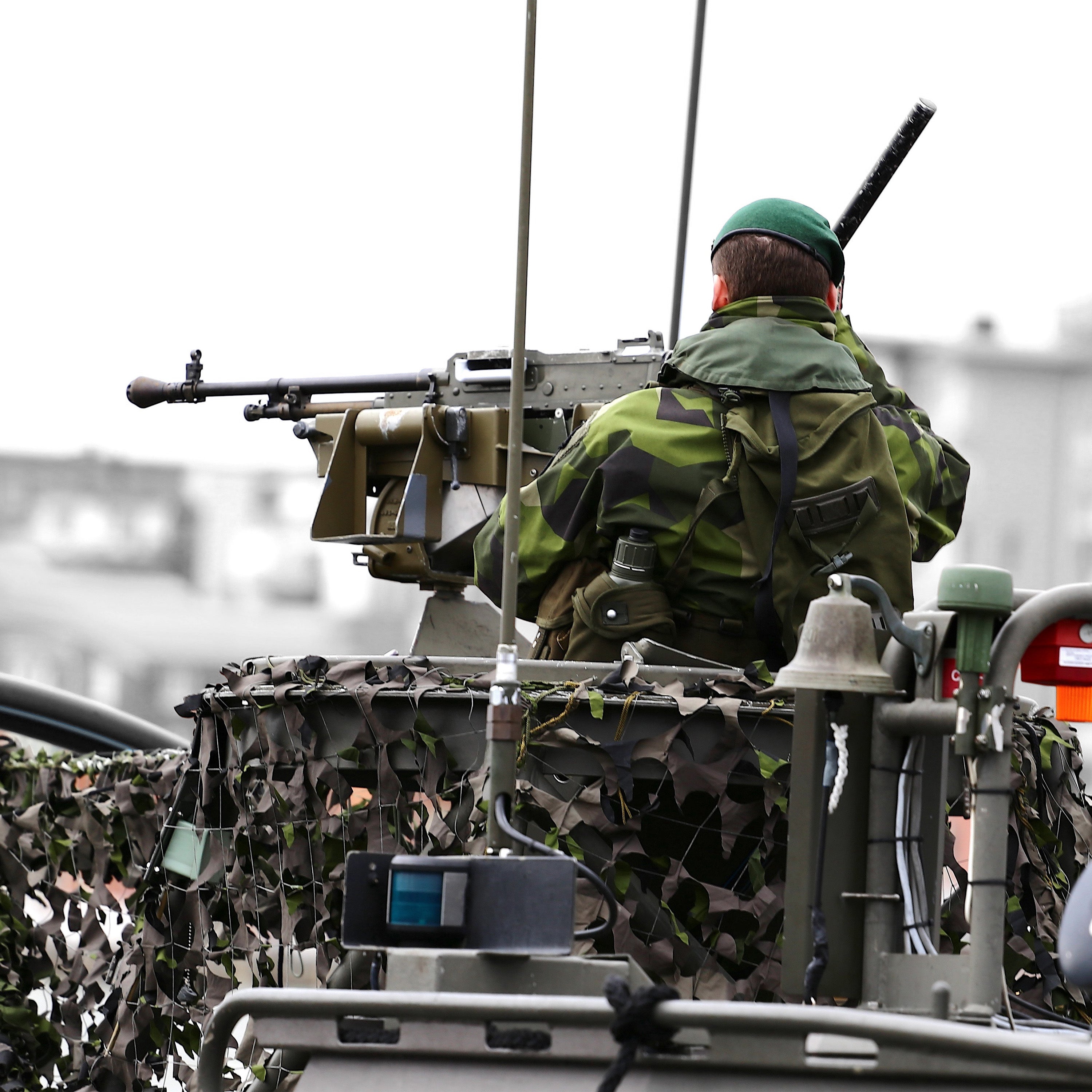
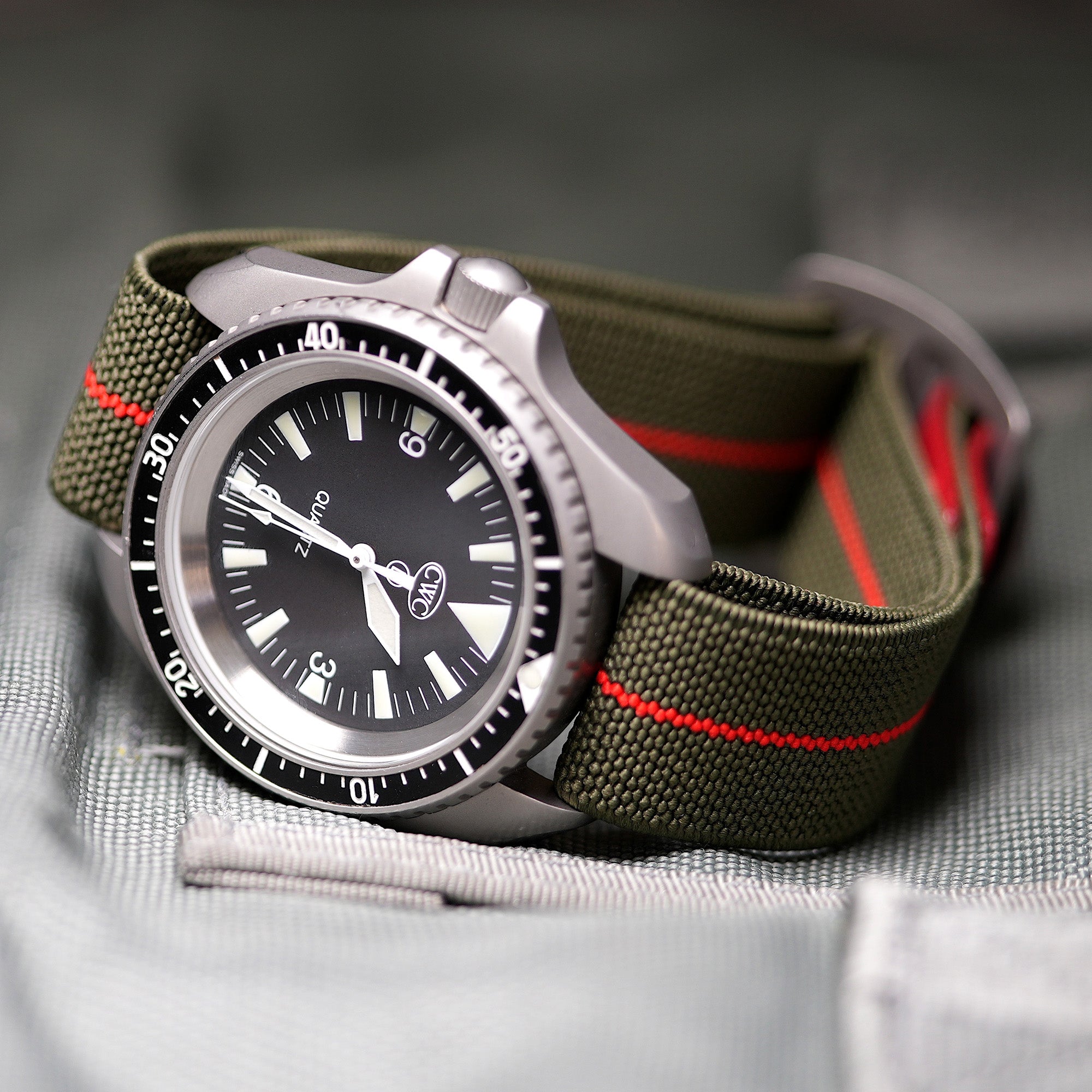
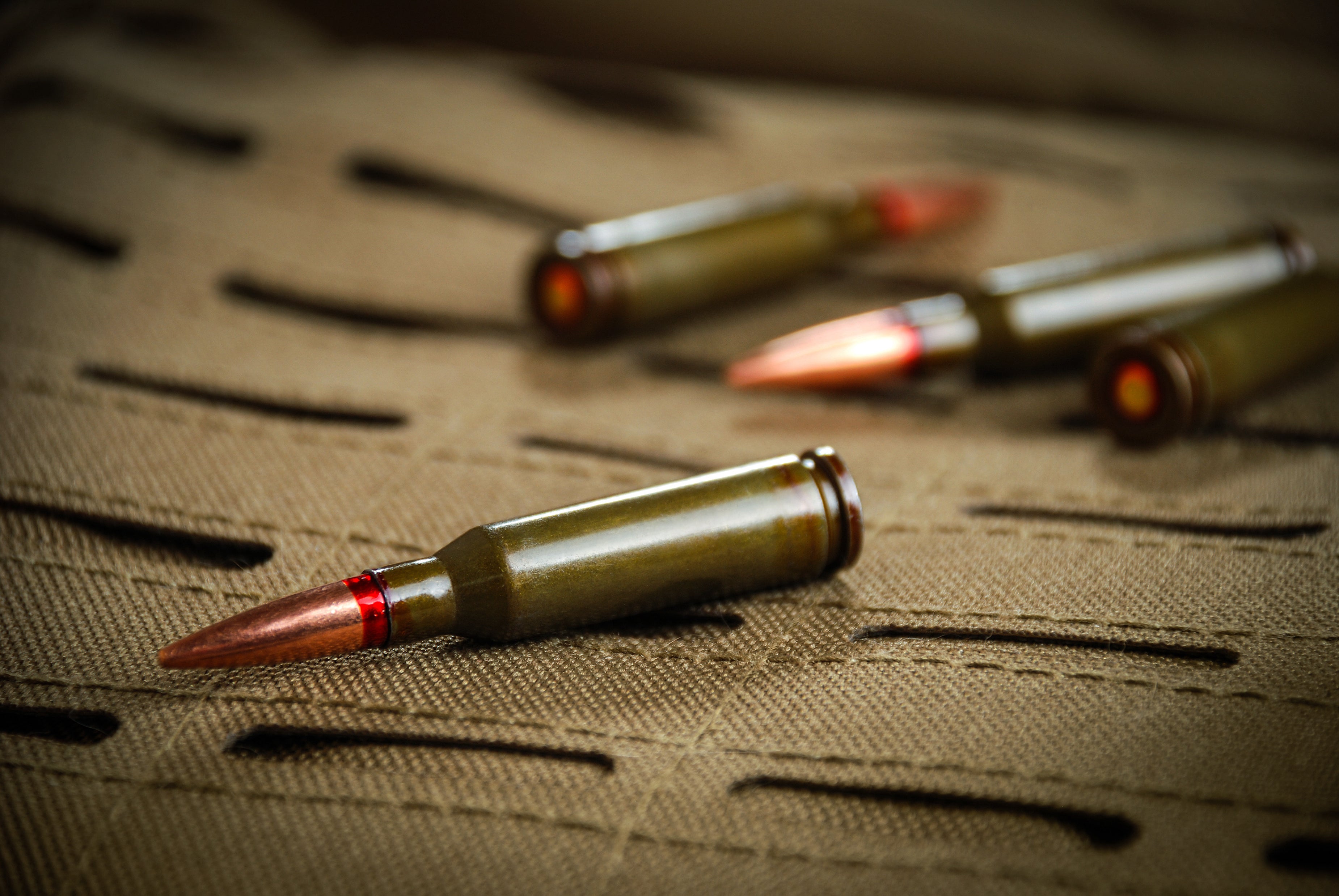
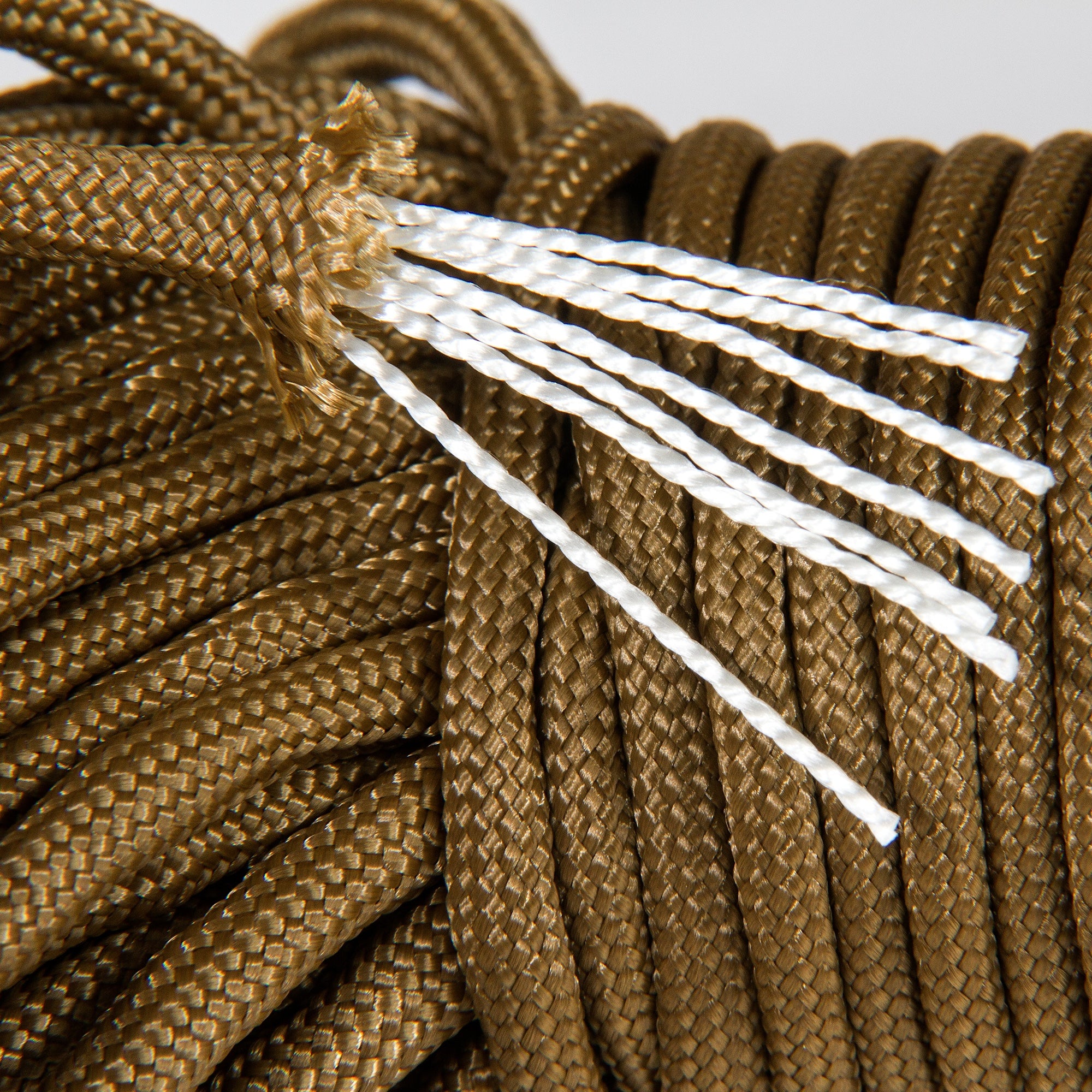
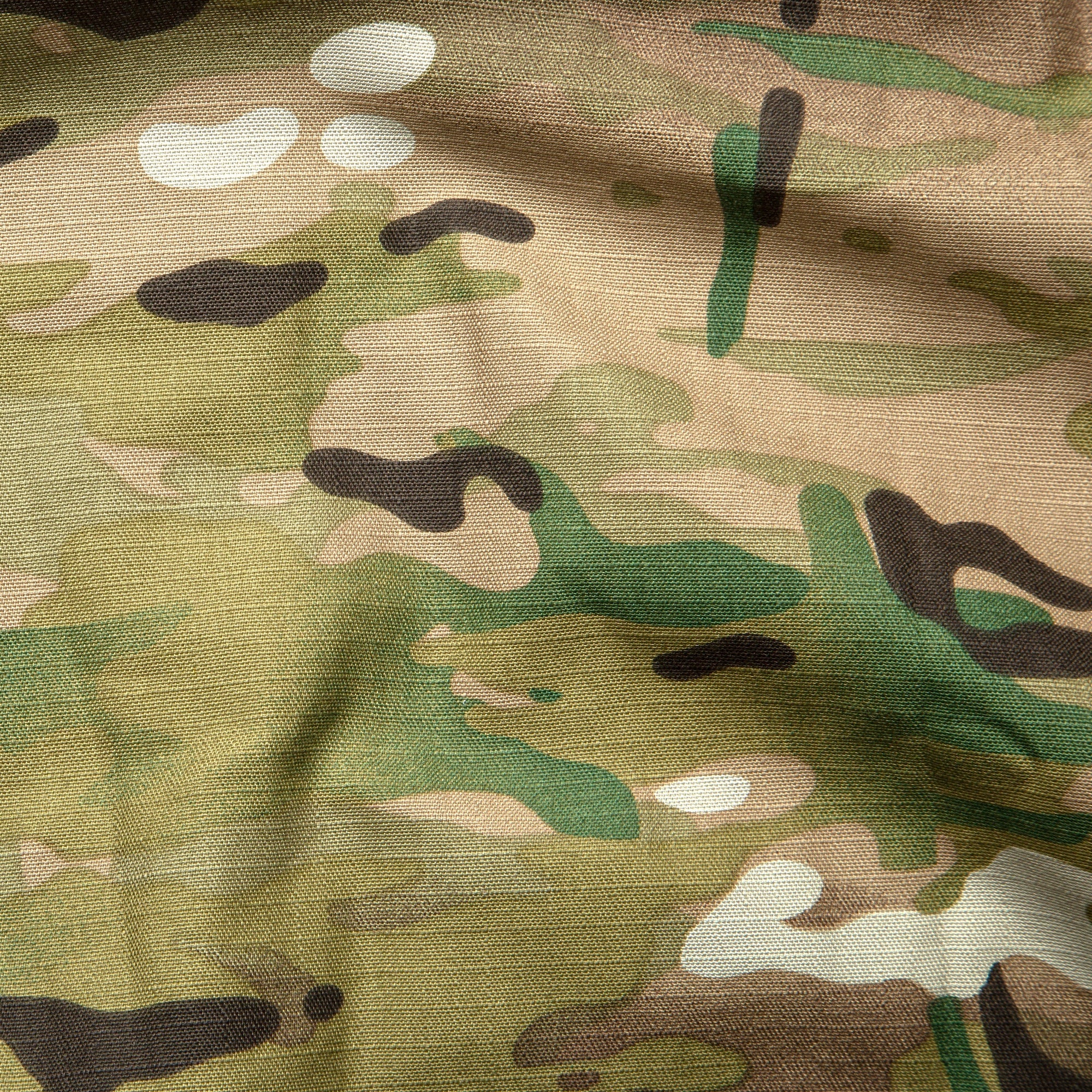

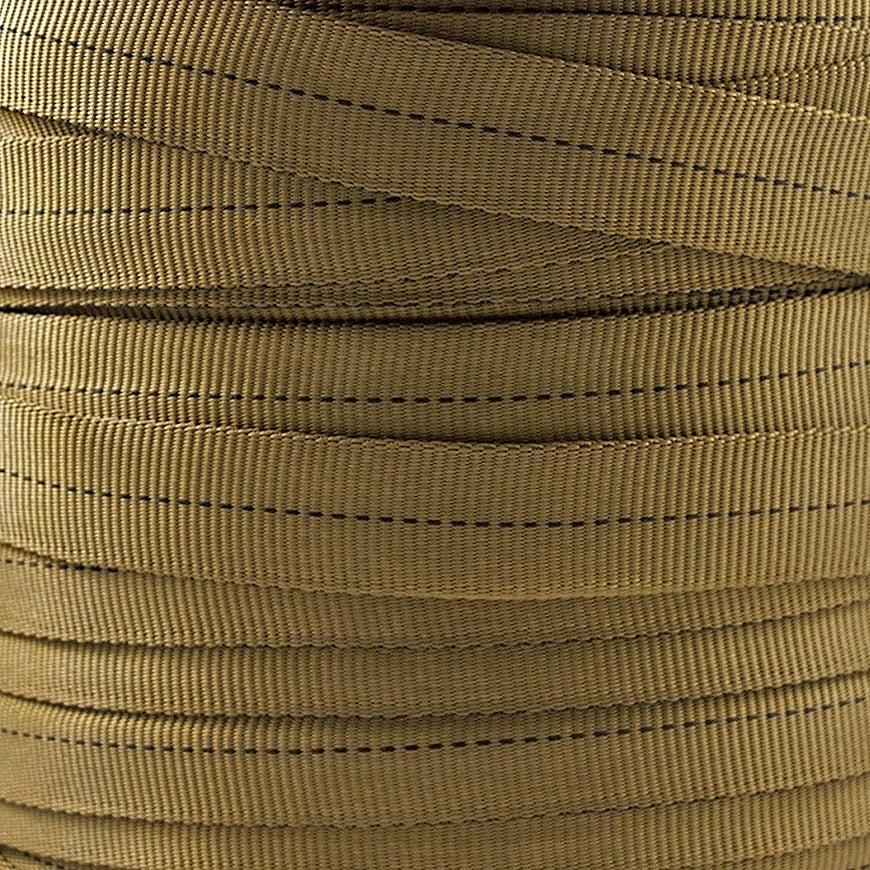


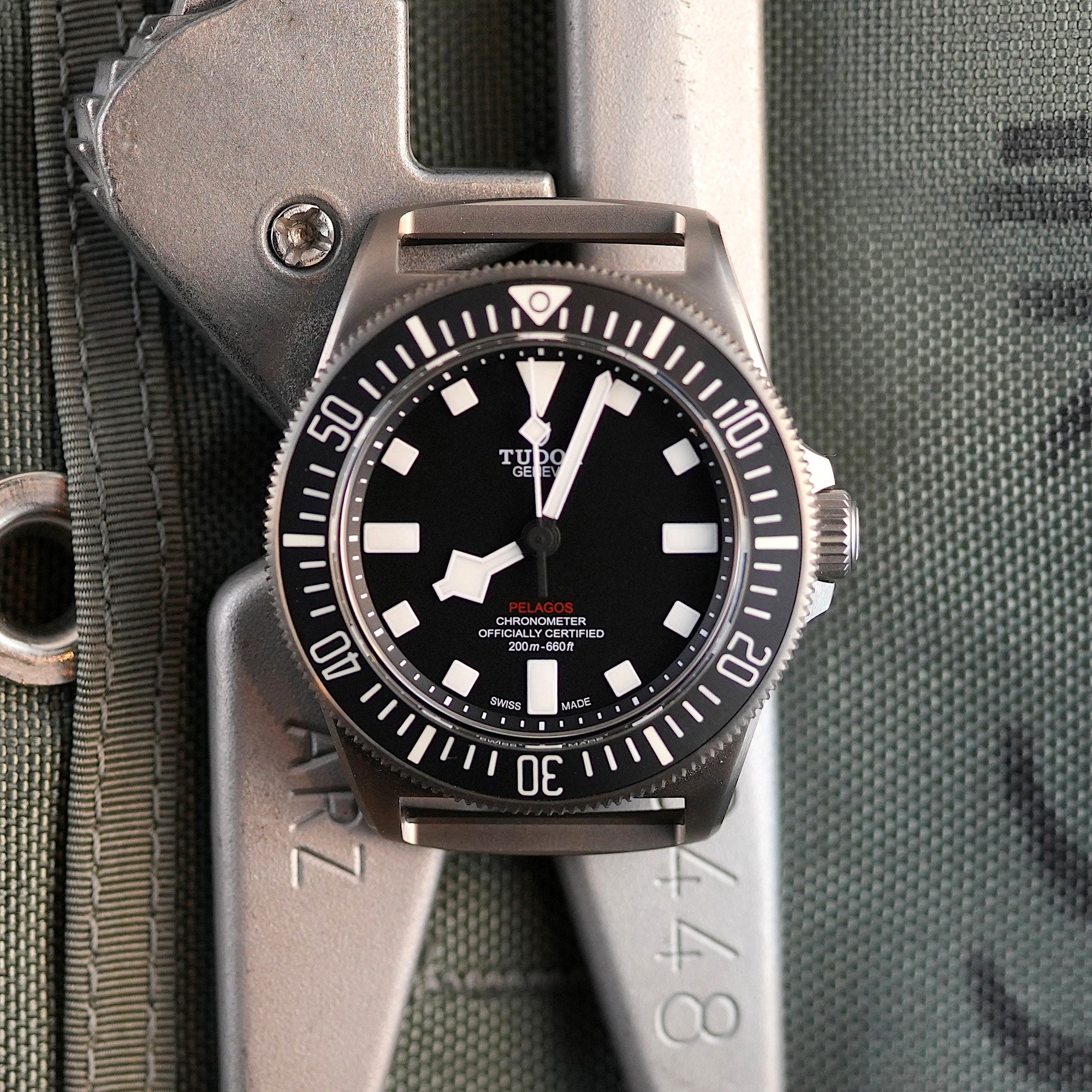
Share:
Jacques Cousteau’s Diving Saucer: A Revolutionary Approach to Underwater Exploration
Jacques Cousteau’s Influence on Underwater Diving Equipment: A Legacy of Innovation